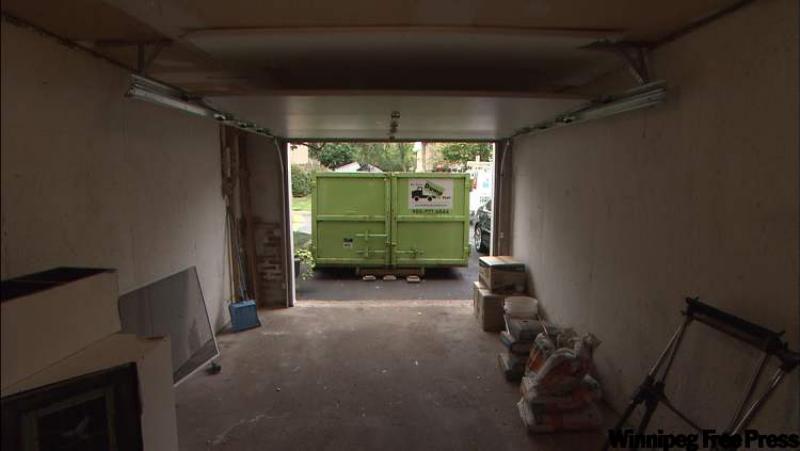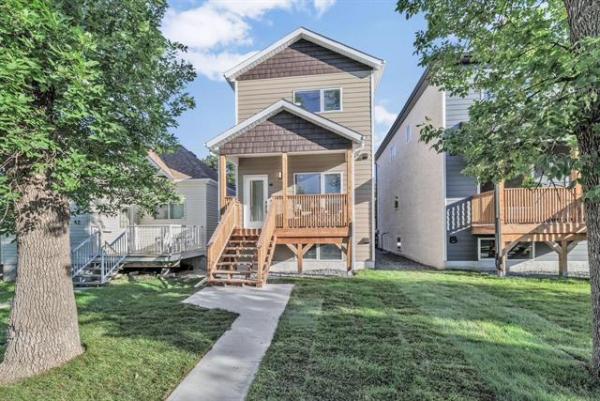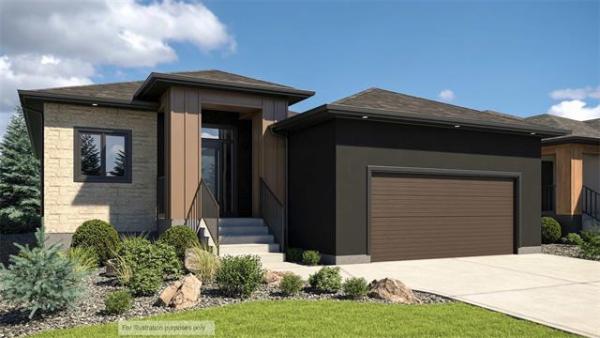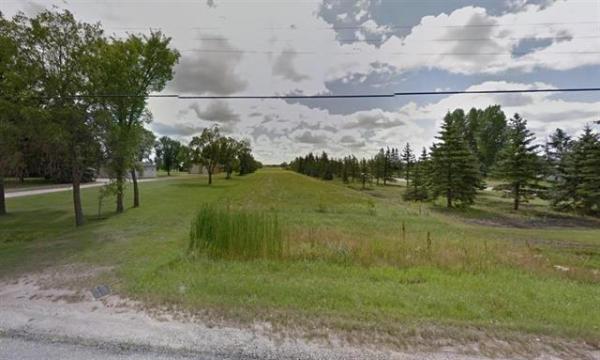I just got an e-mail from Terry, who's got a new home with what he describes as a severely cracked and uneven garage pad. He had the builder agree to remove and re-pour the pad, and now it's cracking again. He wonders if it's normal, or if it will just get worse over time.
There are a few reasons a garage floor will crack and you should realize that not every crack is serious. The cracks might be caused by shrinkage; concrete will often shrink as it cures, and that's not a big deal.
Cracks might also be caused by settlement: When the soil under the slab moves and sinks, it puts pressure on the concrete floor. Unfortunately, that might be a big deal. Depending on the width of the crack, and if it's growing or not, you may have need to investigate. Another indicator of a potentially more serious problem is if there is significant displacement, i.e., if one side of the crack is higher or lower than the other.
I can't see what the cracks look like, and what looks severe to some might really be minor. That's why you need to have a professional inspect the problem in person.
I like to see garage floors poured -- depending on design and local building code -- around 3/4-inch thick with a high mpa, and include rebar for tensile strength. They should be laid on tamped or undisturbed soil, with a layer of gravel and vapour barrier or rigid foam under the slab, to minimize the amount of moisture that will travel up from the soil into the concrete (which is porous). Unfortunately, builders will often pour a thinner slab, without rebar reinforcement, and without enough gravel as a base.
There are lots of things that could go wrong in the process of pouring a garage floor: It may be that the base wasn't properly done. Maybe it wasn't properly tamped, or there's no reinforcement, or a lower mpa of concrete was used, or not enough gravel was used. Or, maybe there's an underground water source that's eroding and undermining the slab.
Some soils, such as heavy clay, hold a lot more moisture. And, in an area that gets cold weather, that soil is likely to freeze (unless your garage is heated). That frozen soil will expand and put upward pressure on the floor of your garage from below, which can lead to heaving and cracking.
You will often see cracks near the front of garages, close to the door. That's the area of the garage floor that's the most exposed to cold and frost, so it's the most prone to freezing under the slab at that point.
When a garage floor cracks badly due to settlement, it might even sink in sections. Sometimes water will pool in one corner due to uneven settling. This can be a big problem -- if the water gets into your house.
Sometimes water makes its way from the attached garage into the house, usually because the slab has been poured at the wrong height. Or, sometimes it has been sloped in the wrong direction and rainwater or snowmelt will flow toward the interior walls, rather than out. This is a huge problem: The water can flow down to your basement, or find its way into living space that's on the same level as the garage slab.
In some cases, the garage slab is below grade and this is letting water get in. Check the grade around garage -- water might be seeping in from the sides or back -- not just at the door. Make sure the outside soil level is at least 6 inches below the level of your garage floor. This isn't always so easy to see; sometimes the brick veneer or siding or stucco disguises the floor level.
And, if there has been some landscaping done or, especially, if a patio or path was installed, it's very possible the grade was changed without your noticing, especially if it's "just the garage." People often pay more attention to the grade around the house and basement, and sometimes get careless around the garage.
Whatever has caused the problem, you need to work on a solution. You can't let water continue to creep into your house; it will cause untold problems in a very short time. Or, if you can't cure the disease, you can treat the symptoms. In this case, making sure no more water gets into your house from the garage.
There are ways to fix a bad slab: You can patch it and fill cracks, or pour a new layer on top -- providing you make sure to bond the two layers properly. You can re-level the floor by pumping concrete under the slab and raising it. If the problem is the base, you may even have to remove it completely and re-pour.
You can always repair the surface, but this is only if you've figured out why the problem was caused in the first place. No sense in pouring a new floor if it's just going to be undermined again, right?
Catch Mike in his new series, Holmes Inspection, airing Thursdays at 8 p.m. ET/PT on HGTV. For more information, visit www.hgtv.ca.
For more information on home renovations, visit makeitright.ca.




